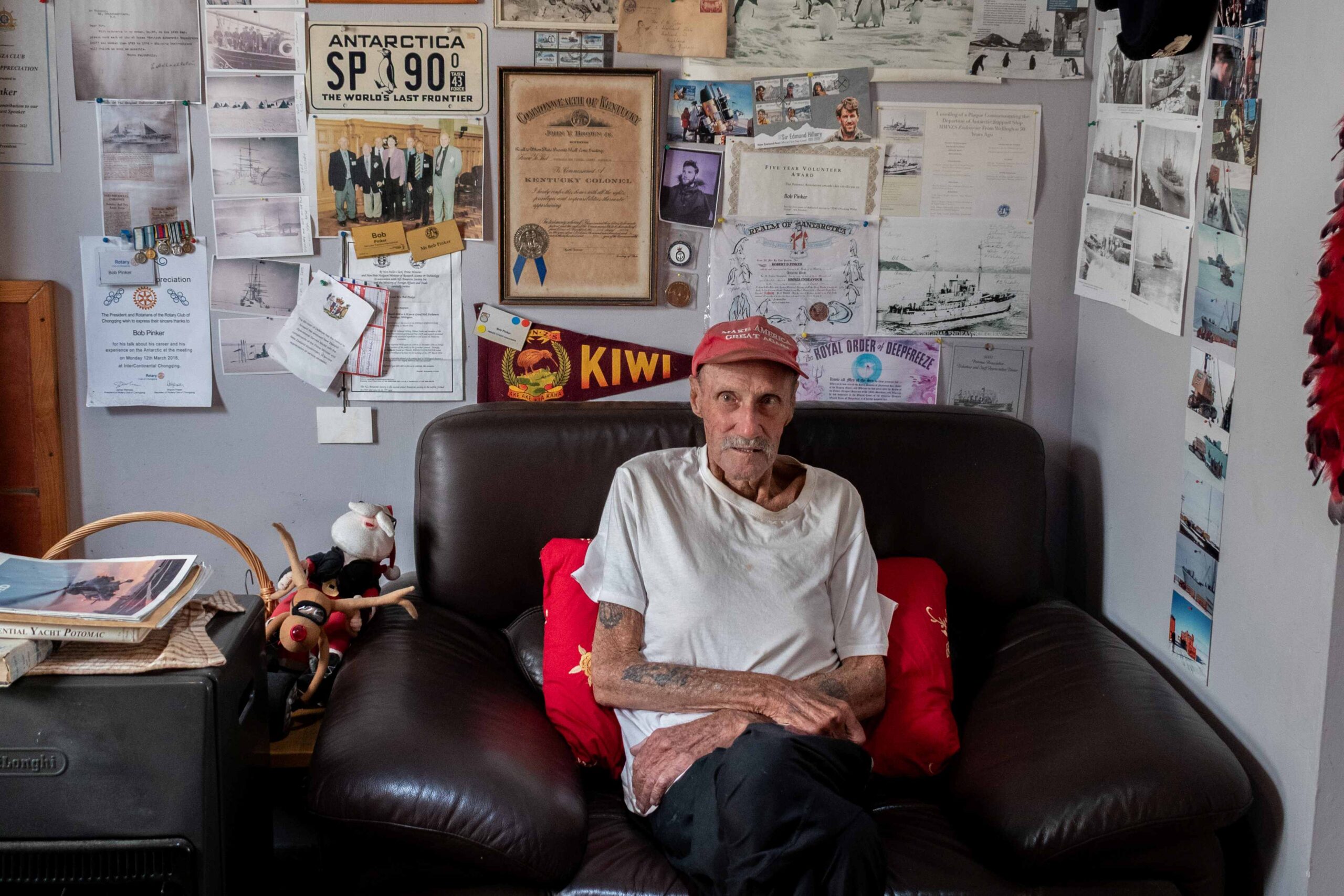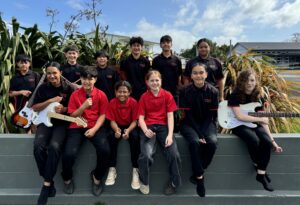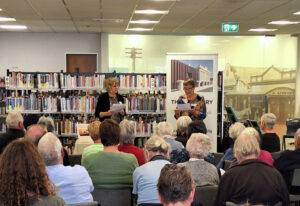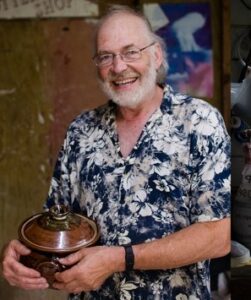Paeroa veteran Bob Pinker had an extraordinary Naval career that included helping build Scott Base and rubbing shoulders with Henry Kissinger, Stephen Hawking and Donald Trump. ALICE PARMINTER sat down with Bob for a chat prior to Anzac Day.
Bob Pinker says he fell into the New Zealand Navy by accident.
A school dropout at 14, the now-Paeroa resident had just completed a stint at Tapper Engineering in Whangārei and was at a loose end. Strolling down a street in Dannevirke, he recalls noticing a Navy recruitment office.
“I said, ‘oh, I’ll get somewhere to eat and sleep’. So I went in, and they said, ‘you’re just the man we need’. Because I’d already done a year of apprenticeship, they thought I was a tradesman. I was a nobody,” Bob says.
Bob spent nine years in the Navy, as an Electrical Mechanic First Class. He was one of the Navy’s only diesel-electric engineers, at a time when most of the country still ran on steam.
“I was the only oddball. And it was only by accident. Not for education, just the right place at the right time.”
In fact, much of Bob’s remarkable life story seems to boil down to “right place at the right time”. In chatting about his experiences, he reels off a list of acquaintances and friends which wouldn’t be out of place in a who’s-who of modern history. Bob recalls partying with Henry Kissinger, chatting to Stephen Hawking, and travelling at different times with Australian adventurer Hans Tholstrup and British mountaineer Dr Griffith Pugh.
There are photos of Bob with Prince Andrew aboard the presidential yacht USS Potomac, which Bob was captaining at the time, and he even remembers bumping into Donald Trump once at a fundraiser event.
“But I got involved in politics not because I’m red or blue… It’s because that’s where the best cocktail parties were,” Bob laughs.
“Everything in my life has been strange. It just happens.”
Life hasn’t all been parties for Bob though.
During his time in the Navy, he saw active combat during a three-month stint in Malaya in 1962 at the end of the Malayan Emergency.
However, most of his military tenure was spent on nine missions to Antarctica, where he helped build Scott Base in the 1950s.
“I did four of those trips on the old wooden ship [the HMNZS Endeavour I],” Bob says.
He points out a wall filled with memorabilia he’s collected, including photographs of the base – some he took himself, some taken before he arrived in Antarctica.
“Some of the pictures… no one’s ever seen before. Hillary with the dogs, the old Ferguson tractors pulling across,” Bob says.
“I’ve got a picture of Shackleton and Scott together. And Shackleton’s granddaughter didn’t know there was a picture of them together. I said, ‘I have the picture’, and she came here to get a picture of that.”
And during one of Bob’s trips to Antarctica, he was witness to the effects of Operation Argus, which saw US ship the USS Norton Sound fire three low-yield nuclear warheads into the atmosphere over the South Atlantic Ocean.
“I built the camera at Scott Base to film it for history… The whole sky went orange for two days.”
As Anzac Day approaches, Bob, now 87 years old, reckons he’s one of the lucky ones.
“[Anzac Day] reminds me of all my friends I had that I lost. You know, a strange thing – when I joined the Navy, I went to the Antarctic. Because I was an oddball.
“But all my classmates went to the Pacific Islands, to Christmas Island, for the atomic bomb test,” Bob says.
“And they said to me, you’re going to go to the Antarctic and you’re going to die. We’re going to live in the tropics.
“They were zapped with the atomic bomb, and I survived.”





